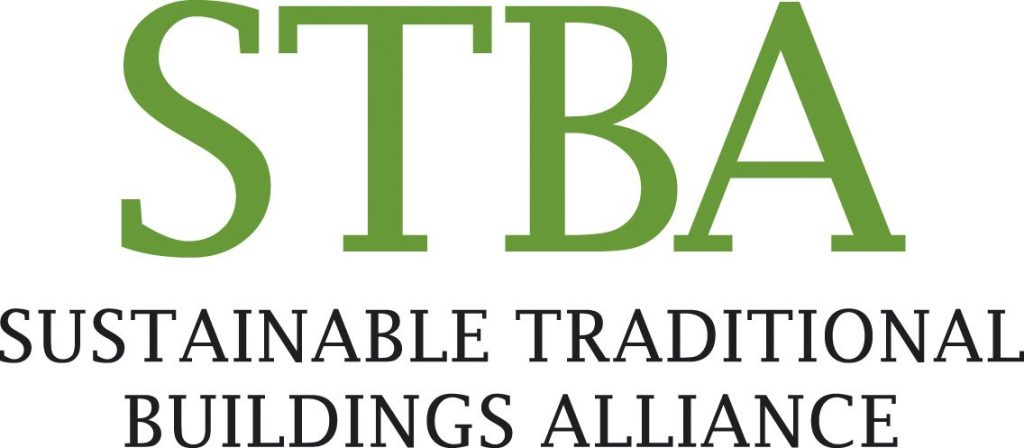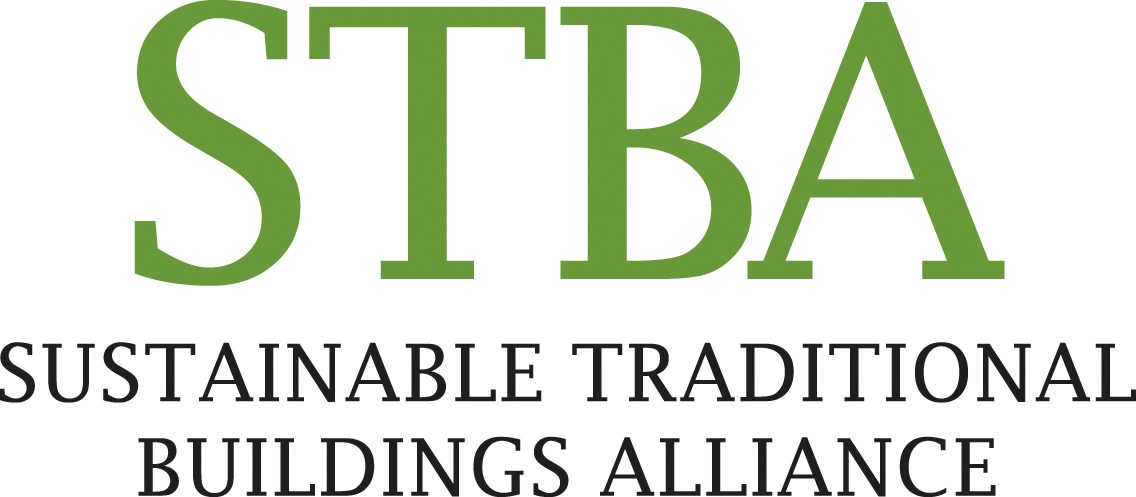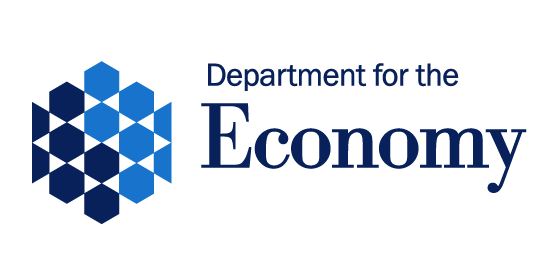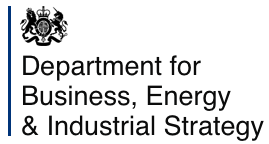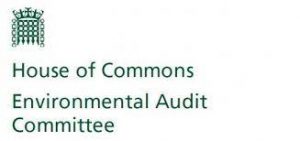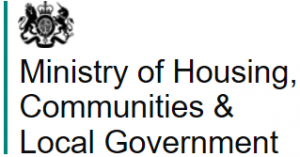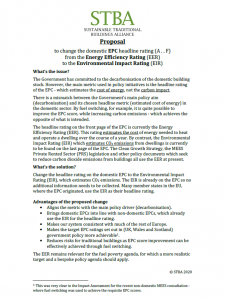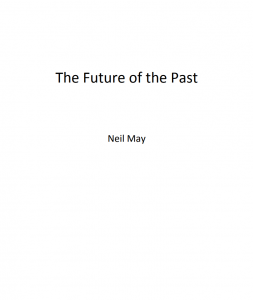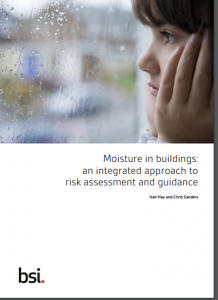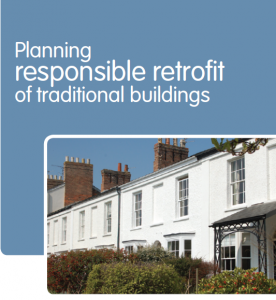STBA Policy Work
STBA Policy work
STBA is well known in Government circles for its work on policy. We actively respond to Government consultations and committees, helping decision makers to understand this important area of work, especially in terms of making sure that the narrow carbon reduction targets are widened in their scope to ensure true sustainability. Some of our publications and campaigns are shown below.
2017: The Future of the Past
Neil May
“This essay has been written out of a desire among STBA member organisations, and particularly those of the Heritage sector, to be part of the sustainability discourse in a positive way, rather than being seen as part of the problem. Old buildings have a lot to offer to the sustainability of our country and planet both practically and culturally: practically, in term of how traditional buildings can contribute to mainstream sustainability targets in energy and carbon, as well as regards economic value and occupant health; and culturally in terms of how heritage thinking and practice, as well as the presence of old buildings, can (re-)connect people with nature, beauty and the past in a way which is essential for the long term survival and flourishing of humankind; they can also challenge our modern ways of thinking and being through their real enduring witness to different ways of life.” Neil May
2016: Moisture in Buildings: an integrated approach to risk assessment and guidance
This white paper is in response to a growing realisation that traditional moisture risk approaches are inadequate. The guidance:
Describes why the approach to moisture in buildings needs to change;
Explains the limitations of current moisture risk assessment standards and regulations;
Proposes a way forward, using a new whole building approach;
Sets out the principles of the whole building approach;
Outlines how we should tackle moisture risk assessment and design in future.
2015: Planning Responsible Retrofit
This guide sets out some basic definitions and then explains the main types of risk arising from retrofit. The guide then analyses the main causes of these risks and provides a robust process to manage them and links to information on best practice, technical guidance and training.
